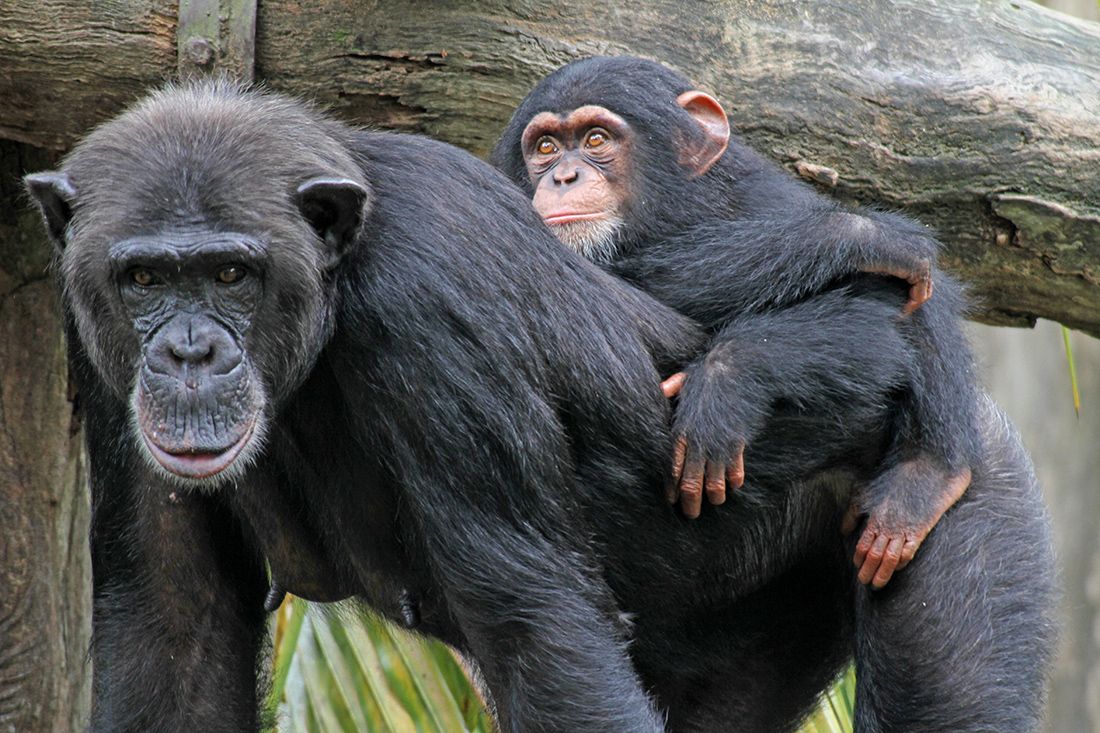
And the more deeply nested a group is, the more alike its species will tend to be.įor the most part, today’s biological classification observes the rules of cladistics, a framework for studying biodiversity proposed by German entomologist Willi Hennig. Hominids are nested inside the hominoids, which in turn are nested inside the anthropoids. Finally, if we include old world (e.g., a macaque) and new world (e.g., a marmoset) monkeys, we get the Anthropoidea (or “simians”). If we add gibbons to the mix, we now have the Hominoidea (or “apes”). Hominidae consists of all humans, chimpanzees and bonobos, gorillas, and orangutans. These primate species have many characteristics that allow us to classify them into successively more inclusive groups. Sometimes one look is worth a thousand words, so take a peek at figure 4. The second consequence is that when biological classification is performed, cladogenesis leads to a natural hierarchy of groups, in which one can be nested into another. Common descent is arguably the most important, overwhelmingly accepted idea in biology. This idea of universal relatedness, also known as common descent, was proposed by none other than Charles Darwin himself in On the origin of species, but also by the often neglected Alfred Russell Wallace. And so are blue whales, white sharks, sequoia trees, mushrooms, flies, earthworms, bacteria, etc. The truth might hurt, but yes, humans and chimpanzees are (distant) relatives.

First, because two or more new species always originate from an ancestor species (and this process has been occurring since the origin of life), any two species we observe in the present are related. The branching nature of cladogenesis has two important consequences. Modified from original, CC0 (public domain). This means all species share some ancestor, and consequently are always related this powerful idea is referred to as common descent, and was proposed by Charles Darwin and Alfred Russell Wallace. By starting at the present and going backwards in time, it is clear that any one species finds a common ancestor with any other species at some point in the past. Two or more species originate from ancestral species due to speciation (or cladogenetic) events – when a line splits into two. Figure 3: A diagram (also known as cladogram) that accurately depicts evolution. In figure 3, these events are represented by the points at which one line “bifurcates” into two lines. Cladogenetic events are the moments in time during which one species “splits” into two species – these events are also known as speciation events. Unlike figure 2, a cladogram captures the most important (and ongoing!) aspect of the evolutionary process: “branching,” or what biologists refer to as cladogenesis. Biologists have given diagrams like this a fancy name: cladogram. Erase this simplistic cartoon from your mind, Mr. For an evolutionary biologist living in the 21st century like me, this is as misguided as asking why people on the other side of the world do not fall into the void of space.Įvolution is not a linear process that starts with more “primitive” looking organisms we can observe today, and ends in mankind (as shown in Fig. This question reveals a fundamental misunderstanding of the natural phenomenon of evolution. Why? Let me use the smaller scale generational parallel to rephrase his tweet, even if I risk jumping the gun on my own argument: “If I am grandfather Allen’s grandson, how come I have Allen cousins?”. Allen’s question could be a publicity stunt, or maybe he is just a provocateur, but many of the 50,000 “likes” his tweet has at the moment are probably genuine. According to the cartoon, evolution is strictly linear, with more “primitive” creatures evolving into “less primitive” ones. Figure 2: A (terrible) cartoon representing how many people imagine evolution happens. The small-scale equivalent (if you “zoomed in”) would be the linear genealogical chain from grandparent to grandchild.

Over many generations, this process culminated in us (Fig. Allen calls an “ape” – had a baby that looked less “ape-ish” and more “human-ish”. Allen most likely imagines when he thinks about evolution: At some point in the past, this monkey-like creature with long limbs that you can see at the zoo – what Mr. I am talking about tweets like this one (Fig. More often, however, I read tweets that cause anxiety and make me frown at my computer screen with the countenance of a distraught fish. When I am on Twitter, every now and then a witty or funny tweet catches my attention.


 0 kommentar(er)
0 kommentar(er)
